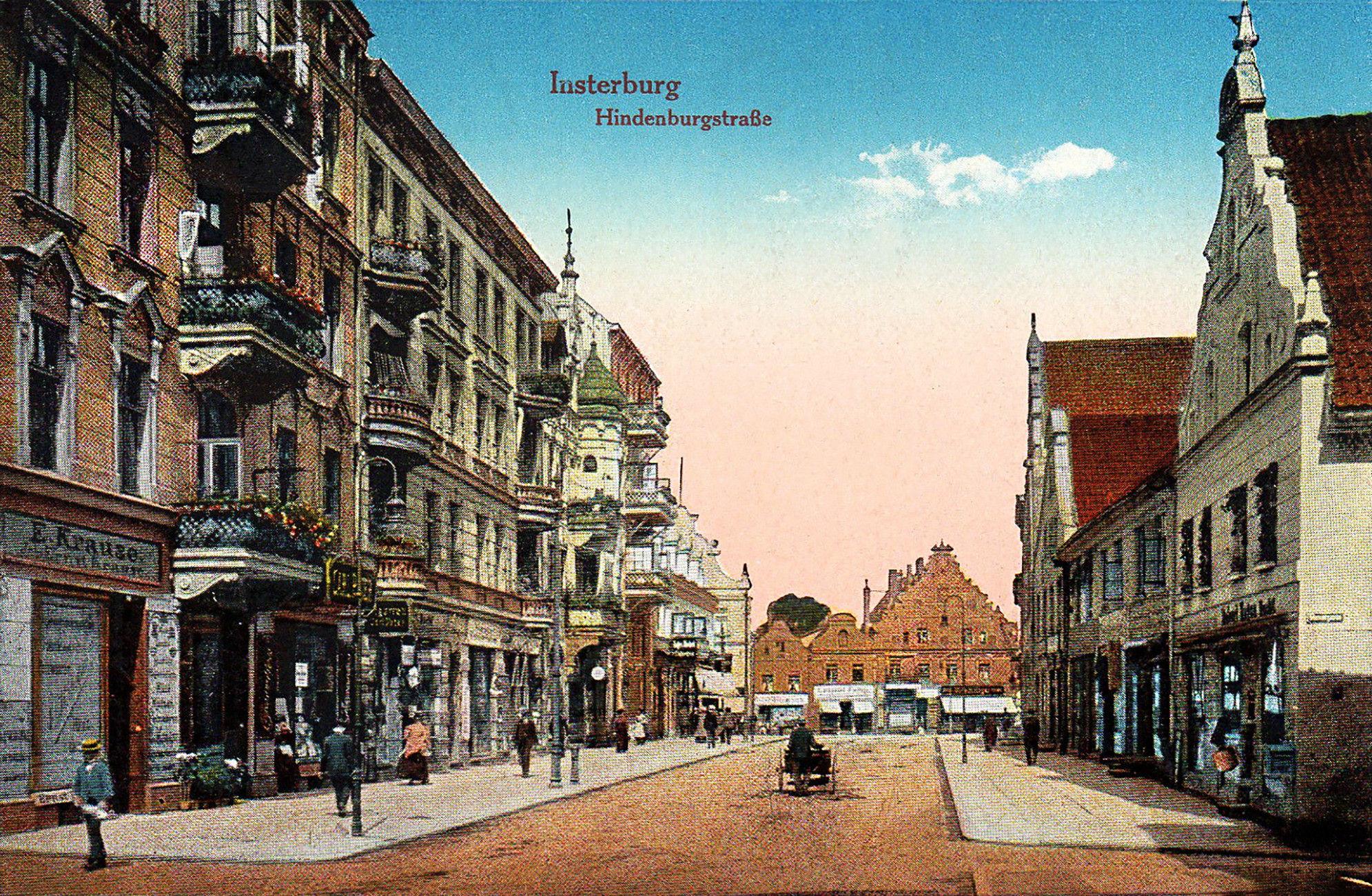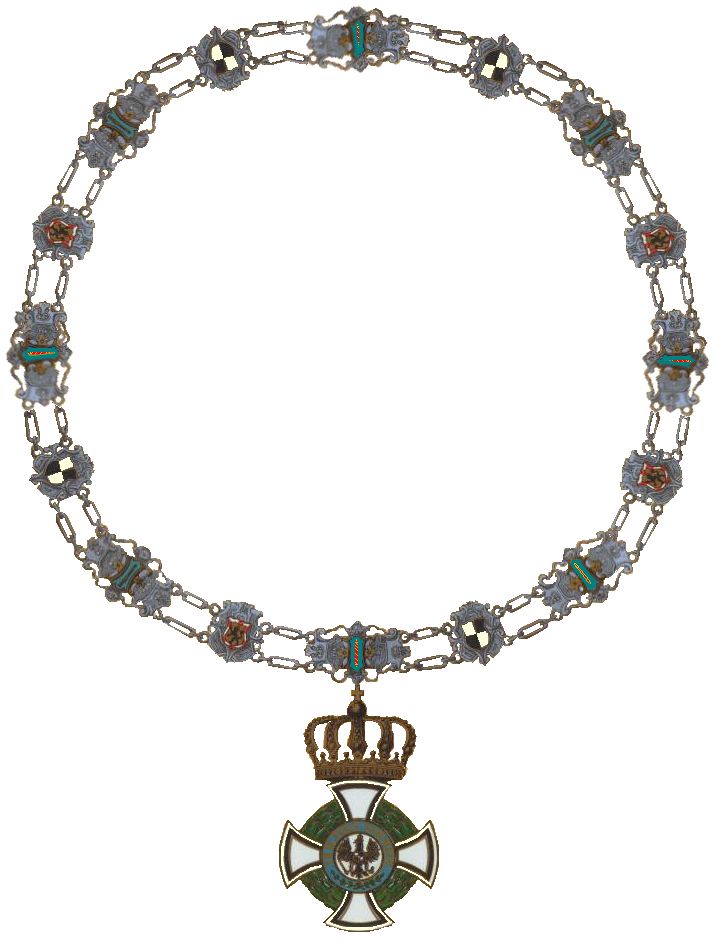|
Joachim Von Busse
Leutnant Joachim von Busse (born 14 May 1893, son of Hugo von Busse and Elly von Kunkel; death 21 January 1945) was a World War I flying ace credited with eleven aerial victories.The Aerodrome website http://www.theaerodrome.com/aces/germany/busse.php Retrieved on 13 April 2010. Early life and infantry service Joachim von Busse was born in Latkovo, Hohensalzen on 14 May 1893. His parents were Elly von Kunkel and Hugo von Busse. Busse joined the King's Jager Regiment No. 1 in May 1912. World War I aviation service Busse transferred to aviation in March 1915. He served with an artillery cooperation unit, FFA 12, before transferring to Kasta 22. His next assignment took him to single-seater fighters in Jagdstaffel 3, in August 1917. He promptly scored his first win on the 10th. He scored three more victories with his Albatros D.III, with the last one being Canadian ace Emerson Smith, before being given command of Jagdstaffel 20 Royal Prussian Jagdstaffel 20 was a fighter squadro ... [...More Info...] [...Related Items...] OR: [Wikipedia] [Google] [Baidu] |
Insterburg
Chernyakhovsk (russian: Черняхо́вск) – known prior to 1946 by its German name of (Old Prussian: Instrāpils, lt, Įsrutis; pl, Wystruć) – is a town in the Kaliningrad Oblast of Russia, where it is the administrative center of Chernyakhovsky District. Located at the confluence of the Instruch and Angrapa rivers, which unite to become the Pregolya river below Chernyakhovsk, the town had a population in 2017 of 36,423. History Chernyakhovsk was founded in 1336 by the Teutonic Knights on the site of a former Old Prussian fortification when Dietrich von Altenburg, the Grand Master of the Teutonic Knights, built a castle called ''Insterburg'' following the Prussian Crusade. During the Teutonic Knights' Northern Crusades campaign against the Grand Duchy of Lithuania, the town was devastated in 1376. The castle had been rebuilt as the seat of a Procurator and a settlement also named ''Insterburg'' grew up to serve it. In 1454, Polish King Casimir IV Jagiellon incorpor ... [...More Info...] [...Related Items...] OR: [Wikipedia] [Google] [Baidu] |
Jasta 3
Royal Prussian Jagdstaffel 3 was a fighter squadron of the ''Luftstreitkräfte'', the air arm of the Imperial German Army during World War I. It was founded on 10 August 1916 at ''Flieger Ersatz Abteilung'' 5 in Braunschweig, Germany, as one of the first wave of squadrons that formed the ''Luftstreitkräfte''. It served until the Armistice on 11 November 1918. It was credited with a minimum of 83 victories, at the cost of 16 pilots killed in action, 4 killed in accidents, 1 taken prisoner of war, and two wounded. History Only three weeks after its founding, Jasta 3 moved to support 2 Armee when it transferred to Vraignes, near Peronne. When it transferred to Guesnain near Douai, it changed to control of the 6th Armee Front. Its move to Rumbeke heralded its incorporation into Jagdgruppe 15 along with Jasta 8, Jasta 26, and Jasta 27. JG 15 was assigned to command of Hauptmann Constantin von Bentheim, and flew support for 4 Armee. After that, on 5 February 1918, Jasta 3 was reas ... [...More Info...] [...Related Items...] OR: [Wikipedia] [Google] [Baidu] |
Jasta 20
Royal Prussian Jagdstaffel 20 was a fighter squadron of the '' Luftstreitkräfte'', the air arm of the Imperial German Army during World War I. History Jasta 20 was founded in the 2 Armee sector on 25 October 1916. On 24 December 1916, it suffered its first casualty. In turn, on 11 March 1917, the unit scored its first victory, courtesy of Leutnant Alfred Niederhoff. The jasta would go on to run its score to 64 confirmed victories. It would also pay a heavy price: 19 pilots killed in action, four more dying in flying accidents, eleven wounded in action, and three injured in accidents. Commanding officers #Oberleutnant Fritz Heising: 25 October 1916–19 October 1917 # Leutnant Rudolf Wendelmuth: 19 October 1917–30 November 1917 #Leutnant Joachim von Busse: 30 November 1917–1 August 1918 #Leutnant von Eckartsburg (Acting): 1 August 1918–Unknown #Leutnant Waldemar von Dazur: Unknown #Leutnant Joachim von Busse: Unknown–ca 11 November 1918. Duty stations ... [...More Info...] [...Related Items...] OR: [Wikipedia] [Google] [Baidu] |
Royal House Order Of Hohenzollern
The House Order of Hohenzollern (german: Hausorden von Hohenzollern or ') was a dynastic order of knighthood of the House of Hohenzollern awarded to military commissioned officers and civilians of comparable status. Associated with the various versions of the order were crosses and medals which could be awarded to lower-ranking soldiers and civilians. History The House Order of Hohenzollern was instituted on 5 December 1841, by joint decree of Prince Konstantin of and Prince Karl Anton of . These two principalities in southern Germany were Catholic collateral lines of the House of Hohenzollern, cousins to the Protestant ruling house of Prussia. On 23 August 1851, after the two principalities had been annexed by Prussia, the order was adopted by the Prussian branch of the house. Also, although the two principalities had become an administrative region of the Prussian kingdom, the princely lines continued to award the order as a house order. The Prussian version was then known a ... [...More Info...] [...Related Items...] OR: [Wikipedia] [Google] [Baidu] |
Iron Cross
The Iron Cross (german: link=no, Eisernes Kreuz, , abbreviated EK) was a military decoration in the Kingdom of Prussia, and later in the German Empire (1871–1918) and Nazi Germany (1933–1945). King Frederick William III of Prussia established it on 17 March 1813 during the Napoleonic Wars (EK 1813). The award was backdated to the birthday (10 March) of his late wife, Queen Louise. Louise was the first person to receive this decoration (posthumously). Recommissioned Iron Cross was also awarded during the Franco-Prussian War (EK 1870), World War I (EK 1914), and World War II (EK 1939). During the 1930s and World War II, the Nazi regime superimposed a swastika on the traditional medal. The Iron Cross was usually a military decoration only, though there were instances awarded to civilians for performing military functions, including Hanna Reitsch, who received the Iron Cross, 2nd class, and Iron Cross, 1st Class, and Melitta Schenk Gräfin von Stauffenberg, who received ... [...More Info...] [...Related Items...] OR: [Wikipedia] [Google] [Baidu] |
Flying Ace
A flying ace, fighter ace or air ace is a military aviator credited with shooting down five or more enemy aircraft during aerial combat. The exact number of aerial victories required to officially qualify as an ace is varied, but is usually considered to be five or more. The concept of the "ace" emerged in 1915 during World War I, at the same time as aerial dogfighting. It was a propaganda term intended to provide the home front with a cult of the hero in what was otherwise a war of attrition. The individual actions of aces were widely reported and the image was disseminated of the ace as a chivalrous knight reminiscent of a bygone era. For a brief early period when air-to-air combat was just being invented, the exceptionally skilled pilot could shape the battle in the skies. For most of the war, however, the image of the ace had little to do with the reality of air warfare, in which fighters fought in formation and air superiority depended heavily on the relative availability ... [...More Info...] [...Related Items...] OR: [Wikipedia] [Google] [Baidu] |
Jagdstaffel 3
Royal Prussian Jagdstaffel 3 was a fighter squadron of the ''Luftstreitkräfte'', the air arm of the Imperial German Army during World War I. It was founded on 10 August 1916 at ''Flieger Ersatz Abteilung'' 5 in Braunschweig, Germany, as one of the first wave of squadrons that formed the ''Luftstreitkräfte''. It served until the Armistice on 11 November 1918. It was credited with a minimum of 83 victories, at the cost of 16 pilots killed in action, 4 killed in accidents, 1 taken prisoner of war, and two wounded. History Only three weeks after its founding, Jasta 3 moved to support 2 Armee when it transferred to Vraignes, near Peronne. When it transferred to Guesnain near Douai, it changed to control of the 6th Armee Front. Its move to Rumbeke heralded its incorporation into Jagdgruppe 15 along with Jasta 8, Jasta 26, and Jasta 27. JG 15 was assigned to command of Hauptmann Constantin von Bentheim, and flew support for 4 Armee. After that, on 5 February 1918, Jasta 3 was reas ... [...More Info...] [...Related Items...] OR: [Wikipedia] [Google] [Baidu] |
Albatros D
An albatross is one of a family of large winged seabirds. Albatross or Albatros may also refer to: Animals * Albatross (butterfly) or ''Appias'', a genus of butterfly * Albatross (horse) (1968–1998), a Standardbred horse Literature * Albatross Books, a German publishing house that produced the first modern mass market paperback books * Albatros Literaturpreis, a literary award * "L'albatros" (poem) ("The Albatross"), 1859 poem by Charles Baudelaire * ''The Albatross'', a 1971 novella by Susan Hill * ''The Albatross'', the fictional propeller-sustained airship in Jules Verne's novel ''Robur the Conqueror'' * ''Albatross'' (novel), a 2019 novel by Terry Fallis Film and television * Films Albatros Films Albatros was a French film production company established in 1922. It was formed by a group of White Russian exiles who had been forced to flee following the 1917 Russian Revolution and subsequent Russian Civil War. Initially the firm's pe ..., a French film productio ... [...More Info...] [...Related Items...] OR: [Wikipedia] [Google] [Baidu] |
Jagdstaffel 20
Royal Prussian Jagdstaffel 20 was a fighter squadron of the ''Luftstreitkräfte'', the air arm of the Imperial German Army during World War I. History Jasta 20 was founded in the 2 Armee sector on 25 October 1916. On 24 December 1916, it suffered its first casualty. In turn, on 11 March 1917, the unit scored its first victory, courtesy of Leutnant Alfred Niederhoff. The jasta would go on to run its score to 64 confirmed victories. It would also pay a heavy price: 19 pilots killed in action, four more dying in flying accidents, eleven wounded in action, and three injured in accidents. Commanding officers #Oberleutnant Fritz Heising: 25 October 1916–19 October 1917 #Leutnant Rudolf Wendelmuth: 19 October 1917–30 November 1917 #Leutnant Joachim von Busse: 30 November 1917–1 August 1918 #Leutnant von Eckartsburg (Acting): 1 August 1918–Unknown #Leutnant Waldemar von Dazur: Unknown #Leutnant Joachim von Busse: Unknown–ca 11 November 1918. Duty stations (a ... [...More Info...] [...Related Items...] OR: [Wikipedia] [Google] [Baidu] |
1893 Births
Events January–March * January 2 – Webb C. Ball introduces railroad chronometers, which become the general railroad timepiece standards in North America. * Mark Twain started writing Puddn'head Wilson. * January 6 – The Washington National Cathedral is chartered by Congress; the charter is signed by President Benjamin Harrison. * January 13 ** The Independent Labour Party of the United Kingdom has its first meeting. ** U.S. Marines from the ''USS Boston'' land in Honolulu, Hawaii, to prevent the queen from abrogating the Bayonet Constitution. * January 15 – The ''Telefon Hírmondó'' service starts with around 60 subscribers, in Budapest. * January 17 – Overthrow of the Kingdom of Hawaii: Lorrin A. Thurston and the Citizen's Committee of Public Safety in Hawaii, with the intervention of the United States Marine Corps, overthrow the government of Queen Liliuokalani. * January 21 ** The Cherry Sisters first perform in Marion, Iowa. ** The T ... [...More Info...] [...Related Items...] OR: [Wikipedia] [Google] [Baidu] |




